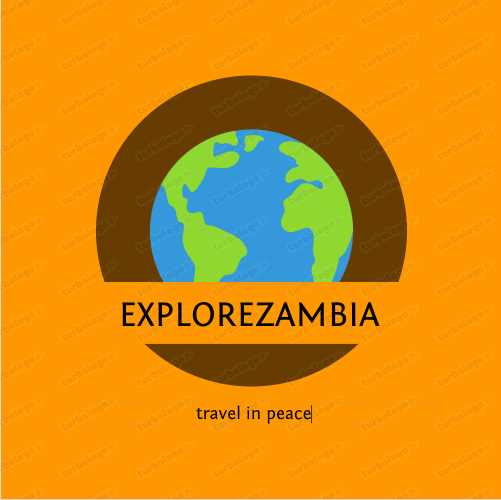Cuisine
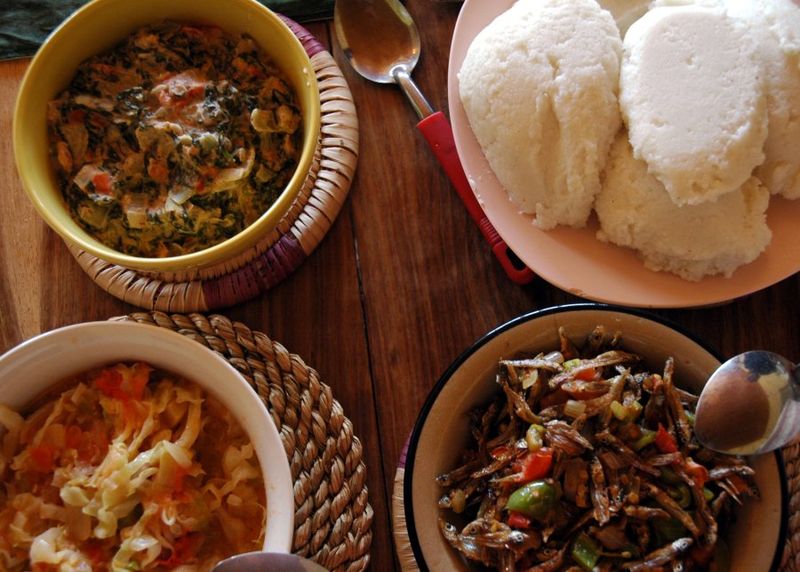
Zambian cuisine reflects the country’s rich cultural diversity and agricultural abundance. Staple foods are typically based on maize (corn), which is a dietary cornerstone for many Zambians. Here’s an overview of some key elements of Zambian cuisine
1. Nshima:
Main Staple: Nshima is a thick porridge made from maize meal and water. It serves as the main staple and is often eaten with various accompaniments.
2. Vegetables:
Nshima is commonly served with a variety of vegetables, including greens like collard greens, spinach, or cabbage.
3. Relishes
These can include a wide array of side dishes, such as fish, chicken, beef, or beans, often prepared with local spices and herbs.
4. Fish
Bream and Tilapia: Given Zambia’s abundant water resources, fish is a significant part of the diet. Bream and tilapia are popular choices, and they are often grilled, fried, or stewed.
5. Meat
Beef: Zambia is known for its quality beef, and grilled or stewed beef dishes are common. In certain regions, game meat such as antelope or buffalo may be included in the diet.
Culture
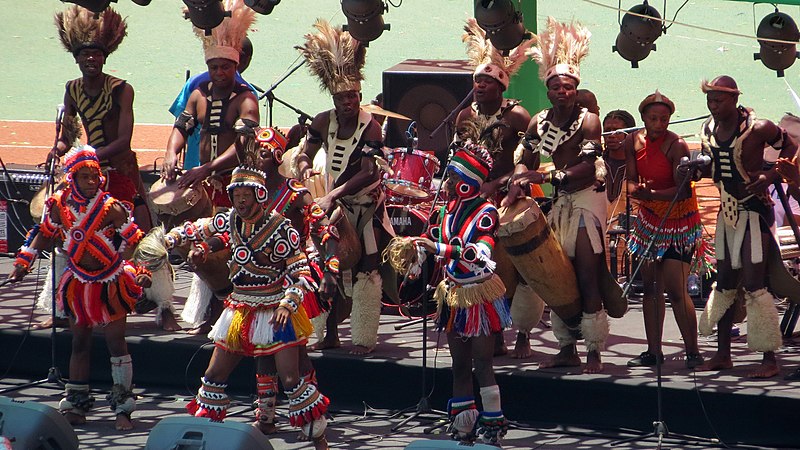
Zambian culture is diverse, vibrant, and deeply rooted in the traditions and customs of its numerous ethnic groups. With over 70 ethnicities, each with its own language and unique practices, Zambia’s cultural landscape is rich and varied. Here are key aspects of Zambian culture
1. Traditional Ceremonies:
Traditional ceremonies play a crucial role in Zambian culture. Events like the Kuomboka of the Lozi people, the Ncwala of the Ngoni people, and the Lwiindi and Shimunenga ceremonies of the Tonga people are celebrated with elaborate rituals, dances, and feasts.
2. Greetings and Social Etiquette:
Greetings are an important part of Zambian culture. People often exchange warm greetings, and handshakes are common. It is considered polite to inquire about one’s well-being and family.
3. Music and Dance:
Music and dance are integral to Zambian culture. Traditional instruments such as drums, xylophones, and the kalimba are used in ceremonies and celebrations. Different ethnic groups have unique dance styles that accompany various occasions.
4. Language and Communication:
Zambia is a multilingual country with over 70 languages spoken. While English is the official language, many Zambians are fluent in their ethnic languages. Communication often involves storytelling, proverbs, and oral traditions.
National Parks
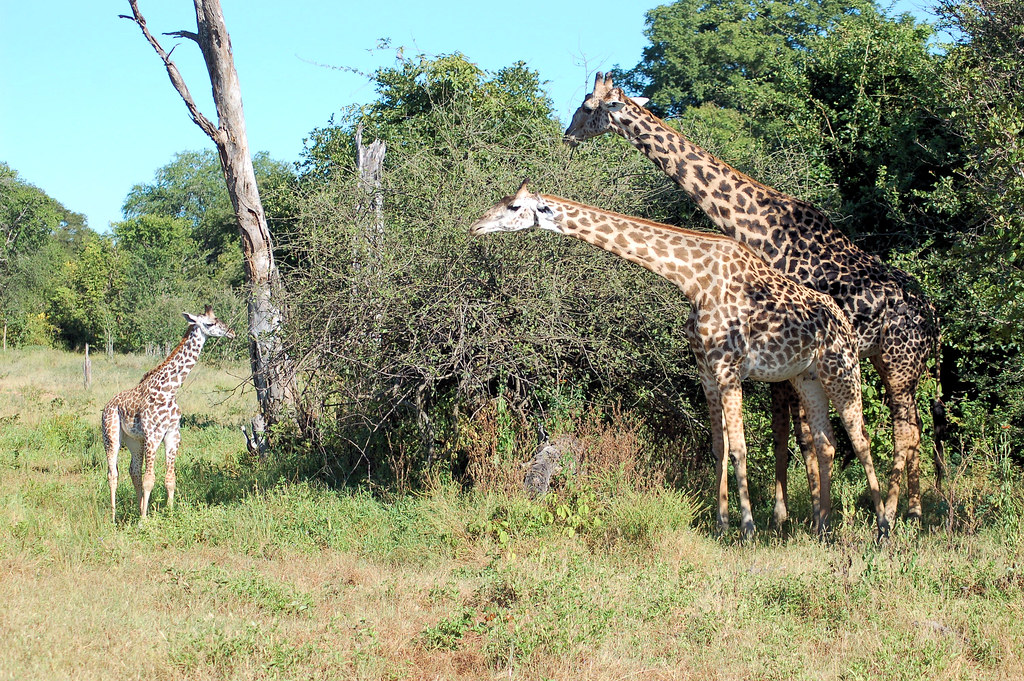
1. South Luangwa National Park:
Highlights: Known for its dense wildlife population, South Luangwa is a premier safari destination. It’s home to a variety of animals, including elephants, lions, leopards, and numerous bird species.
Unique Features: The Luangwa River, oxbow lakes, and diverse ecosystems contribute to the park’s biodiversity.
2. Kafue National Park:
Highlights: As Zambia’s largest national park, Kafue offers a vast and diverse wilderness. It is known for its incredible birdlife, large herds of herbivores, and predators like lions and cheetahs.
Unique Features: The Busanga Plains in the northern part of the park are seasonally flooded, attracting a concentration of wildlife.
3. Lower Zambezi National Park:
Highlights: Situated along the Zambezi River, this park offers a mix of landscapes, from open plains to dense forests. It’s renowned for canoe safaris, providing a unique perspective on wildlife.
Unique Features: Visitors can spot elephants, hippos, crocodiles, and a variety of bird species along the riverbanks.
4. Liuwa Plain National Park:
Highlights: Liuwa Plain is known for its open grasslands and seasonal flooding. It hosts Africa’s second-largest wildebeest migration and is a prime destination for birdwatching.
Unique Features: The annual wildebeest migration, a UNESCO World Heritage Site, is a spectacular natural event.
Craft and Arts
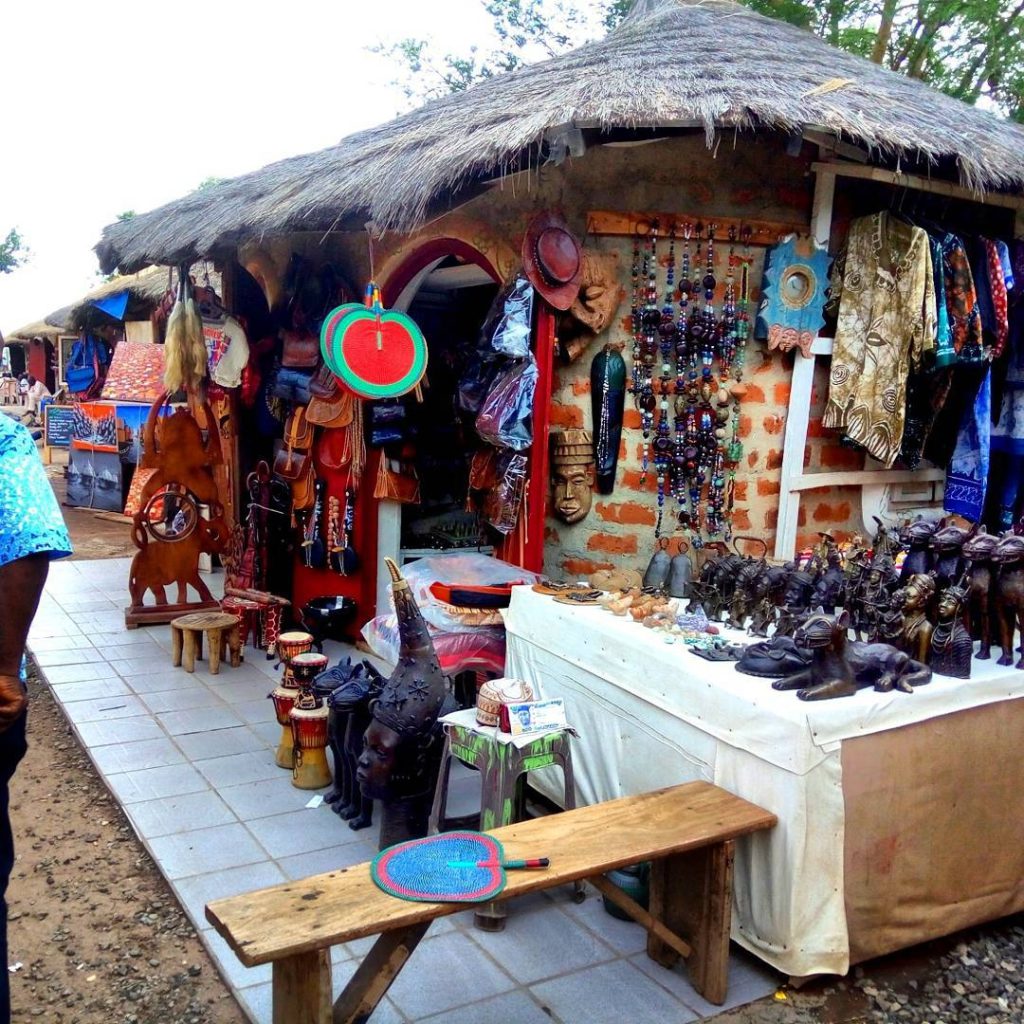
Zambia’s arts and crafts reflect the country’s cultural diversity, creativity, and the deep connection its people have with their heritage. From traditional crafts passed down through generations to contemporary expressions of art, Zambia’s artistic landscape is rich and diverse.
1. Traditional Crafts:
Basket Weaving: Zambian baskets are exquisite pieces of art, often made from materials like bamboo and reeds. Different ethnic groups have distinct weaving patterns and designs.
Wood Carving: Skilled artisans carve intricate wooden sculptures, masks, and figurines that depict cultural symbols, animals, and ancestral spirits.
2. Beadwork:
Jewelry and Adornments: Beadwork is an integral part of Zambian culture, used to create jewelry, belts, and other adornments. Different colors and patterns hold cultural significance.
3. Textiles:
Chitenge Fabric: The vibrant and colorful chitenge fabric is widely used in Zambia for clothing, home decor, and accessories. It often features bold patterns and can convey cultural meanings.
4. Pottery:
Traditional Pottery: Pottery making is a traditional craft, with artisans creating functional items like cooking pots and decorative pieces. Techniques vary across different regions.
5. Contemporary Art:
Painting and Sculpture: Modern Zambian artists often blend traditional themes with contemporary styles. Paintings and sculptures explore a range of topics, including cultural identity, social issues, and the beauty of the Zambian landscape.
